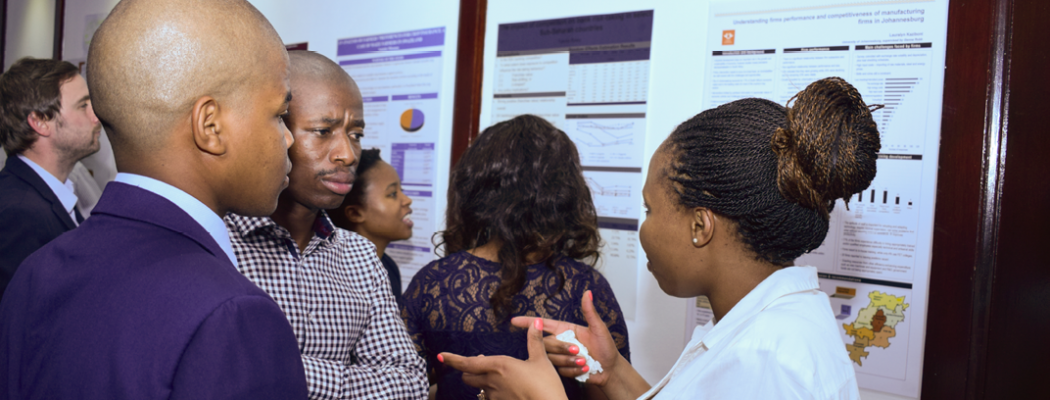Developments in variable renewable energy and implications for developing countries
1 Introduction
The global energy landscape has changed significantly in recent years and a transition to a decarbonised energy system appears to be underway. The International Energy Agency’s (IEA) most recent report, Renewables 2017, indicates that in 2016 all renewables accounted for nearly two-thirds of new electricity capacity additions (IEA 2017b). Solar photovoltaic (PV) capacity increased by 50% in 2016 and for the first time solar PV additions increased faster than any other fuel.
The shift toward renewables has been driven by plummeting variable renewable energy (VRE - a collective term for solar and wind energy) generation costs, which have now become cost competitive with conventional fossil fuel technologies in many contexts. Technology costs reductions have been most significant for solar PV and lithium-ion battery storage. The International Renewable Energy Agency (IRENA) estimates that between 2010 and 2016 average solar prices fell by a factor of five, while the unitized capital cost of lithium-ion batteries (per kWh) fell by 50% between 2014 and 2016 (IRENA 2016b; 2017d). Wind generation costs have also decreased over the past 5 years with wind auction prices falling by a factor of about two (IRENA 2017b). Continued cost declines are widely expected (BNEF 2017a; CSIRO 2015; IRENA 2017b). As will be detailed in section 2, rates of cost decline of VREs, and by extension investment volumes and increments to generation capacity, have been (and most likely remain) difficult to predict.
Falling VRE and storage costs combined with increasing technological know-how have improved the possibilities for both utility-scale and off-grid renewable electricity generation. This has created an opportunity to rapidly transition to a low-carbon global energy system with significantly fewer or no economic compromises. Due to their naturally distributed nature, VREs also have the potential to increase electrification in remote rural areas where the costs of grid extension have been prohibitively high. This is particularly important for developing countries. IRENA (2015c) estimates that in 2015 renewable solutions, including solar lighting kits, solar home systems (SHS), small wind turbines, and renewable mini-grids provided power to nearly 26 million households or an estimated 100 million people. They estimate that nearly 60% of the additional generation needed to achieve universal electrification by 2030 will come from off-grid solutions with renewable energy likely to supply most of this share (IRENA 2017c). Furthermore, as solar and wind costs decline, there is great potential for VRE to replace diesel generators or to form hybrid mini-grids made up of VRE, storage and diesel. In many remote areas, hybrids became cheaper than diesel alone a few years ago (IRENA 2017c).
This paper seeks to synthesize a wide variety of work assessing the future of VRE and their potential for revolutionizing electricity generation, particularly in developing countries. As VRE technology matures and costs fall, focus shifts from installation costs to integration costs and institutional barriers of adopting VRE electricity generation. The second part of this paper discusses deliberate actions that must be taken to optimize the future ability to incorporate both utility-scale and off-grid VRE capacity into developing countries’ generation mix. A case study of South Africa is specifically considered in this paper.

